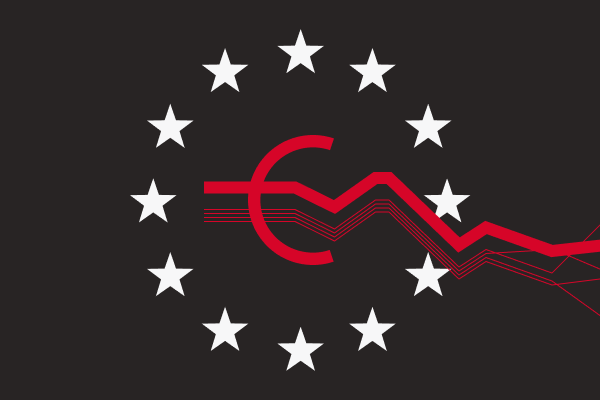Trading Signals 05/02 – 09/02
Inflation in the European Union: The Road to Recovery

Over the past decade, the European Union (EU) has experienced a roller coaster ride in terms of inflation rates. The period from January 2012 to August 2021 saw relatively low inflation rates, with figures staying below the three percent mark. This era of economic stability was disrupted in October 2022 when the inflation rate in the EU skyrocketed to unprecedented levels. As of March 2023, the CPI in the EU stood at an alarming 8%. Notably, this inflation surge was not uniform across all member countries. For instance, Hungary recorded the highest inflation rate at 25.6 %, while Luxembourg enjoyed the lowest rate at 2.9 %.
The Aftermath of COVID-19: A Catalyst for Inflation
The sudden rise in inflation can be traced back to the disruptive impact of the COVID-19 pandemic. As the world grappled with the virus, global supply chains took a significant hit, leading to production issues, travel restrictions, and workforce problems. As the European economy started to recover in 2021, these underlying issues were exacerbated, leading to a rapid growth in prices. The energy sector was particularly hard hit, with rising energy costs worsening supply problems and pushing up inflation rates. In fact, by December 2021, the transport sector had recorded the highest inflation in the EU.
The Global Perspective: Europe vs the US
The inflationary trends seen in Europe mirrored those experienced in other parts of the world, particularly in the United States. By the end of 2021, the US consumer price index had reached a 40-year-high of 7%, reflecting the global nature of the crisis. However, it’s worth noting that the persistence and severity of the inflationary pressure varied from region to region, with the EU average inflation rate for March 2023 standing at 8.3%.
The Impact on the Euro Exchange Rate: A Glimmer of Hope
Amidst the inflationary turbulence, the Euro (EUR) showed promising resilience. Foreign exchange analysts predict a move higher in both the Euro (EUR) and Pound Sterling (GBP) against the US Dollar (USD) due to a combination of factors, including an improved risk appetite environment and unique domestic drivers. They suggest the Euro to Dollar exchange rate could see 1.15 later this year, and the Pound to Dollar exchange rate could rise to 1.30 in 2023. However, they also caution that the positive trend may not extend beyond the summer, as a slowing disinflationary impulse and the impact of prior monetary policy tightening could increase downside growth risks later in the year.
Driving Factors of the Upswing: Consumer Confidence and Business Outlook
Key to this optimistic currency outlook is the cyclical upswing in the EU and the UK, driven by three main factors. The first of these is a significant increase in consumer sentiment, which has historically been a promising indicator for currency performance. The second factor is the positive trend in corporate surveys, with momentum at its strongest in over a year, especially in the services sector. Lastly, signs of disinflation suggest softer price pressures in the upcoming months, offering a potential reprieve from high inflation.
Navigating the Future: Potential Headwinds and Opportunities
Despite the relatively bullish outlook for the near term, a note of caution is warranted. Early indicators suggest that the positive trend may not extend beyond the summer, with a slowing disinflationary impulse and the impact of prior monetary policy tightening potentially increasing downside growth risks later in the year. However, with effective management and strategic positioning, the Eurozone can harness the cyclical improvements and mitigate the potential headwinds, paving the way for further economic recovery.
Summary
Inflation in the European Union has reached elevated levels, exceeding the target rate set by the ECB. This inflationary environment has significant implications for the euro exchange rate. While higher inflation can attract foreign investment and strengthen the euro, it can also erode competitiveness and weaken the currency. The response of the ECB and global economic factors, including US monetary policy and geopolitical tensions, will play a crucial role in shaping the future trajectory of inflation and the euro exchange rate. Monitoring inflation closely and implementing necessary policy measures will be essential to maintain price stability and support economic growth within the EU.
Oil: A Review of Early 2024
China’s Economy: Early 2024
Simple Strategy for Beginner Traders

